Child Safety Seat Laws
There's much to learn about how to safely drive with your child in the car. You may wonder at what age you must use safety seats, the different types of seats, and how to properly install them. This guide will cover everything you need to know about child safety seats and their laws.
Child Safety Seat Laws
Each state has its own age, height, and weight requirements for when your child needs to be in a child restraint. Some states require all three stages of seats including rear-facing, forward-facing, and booster seats, while other states allow children to go from a safety seat directly to seat belts. Twenty-three different states require a rear-facing child safety seat for children under the age of two.
If you violate these child safety seat laws, you're both risking the potential injury or death of your child as well as fines and penalties. States fine first-time offenders between $10 and $500, along with some states adding points to their licenses.
Child Safety Seat Statistics
Crash data from 2020 shows that 607 child passengers under the age of 12 died in car accidents in 2020. Over 63,000 sustained injuries in these accidents. Out of the 607 who died, 38% of them were not buckled up in any way. The use of restraints also decreases as children get older, even though they are still legally required to use them.
Forty percent of 8-12-year-old fatalities involved unrestrained children, compared to 31% of those unrestrained under the age of four. Here are the stats on how much restraints can reduce injury:
Car seats reduce the risk of injury by 71-82% in children, compared to just using a seatbelt.
Booster seats reduce the risk of injury by 45% in children between the ages of 4-8, compared to just using a seatbelt.
Seat belts reduce the risk of injury by 50% in children too old for a safety seat.
Types of Child Safety Seats
Now that you know how important child safety seats are, learn when you should use each type. These are just the recommended guidelines — they all depend on how fast your child grows. If they grow quickly, move them to the next size before the required age. Likewise, if they are smaller, keep them past the suggested age limit.
Rear-Facing Seats — Perfect for newborns up to 24 months old. It faces backward and cradles your child.
Forward-Facing Seats — The choice for children between two and five years old. It faces forward and has straps to keep your child in a safe position.
Booster Seats — For when your child is between five and eight. It gives your child the boost they need to properly sit in the car.
Seat Belts — Use once your child is tall enough so a seat belt fits correctly. They should have their back against the seat and can bend their legs over the edge of the seat, with their feet flat on the floor.
Install Your Safety Seat Properly
You must install your child's safety seat correctly to protect them properly. Follow the instructions that come with the seat and avoid these common mistakes:
Using the wrong harness slot — Position the straps in light with your child's shoulders.
The harness clip is in the wrong position — The clip should be even with your child's armpit, not their stomach or shoulders.
The car seat is loose — The seat shouldn't move more than an inch in any direction if correctly tightened.
The harness is loose — The harness shouldn't have more than two inches of slack between your child's chest and the strap. If it's on perfectly, there won't be any slack.
Always Buckle Up Your Child
There is never a reason to avoid using a child restraint when it's appropriate. Being in a hurry, having your car seat in a different car, or not feeling like dealing with it aren't worthy excuses.
Another way you can keep both you and your child safe is by taking a defensive driving course at IDriveSafely.com. This course will teach you ways to be safe through various defensive driving practices. You can even take the course entirely online at your own pace.
Updated 11/21/22






